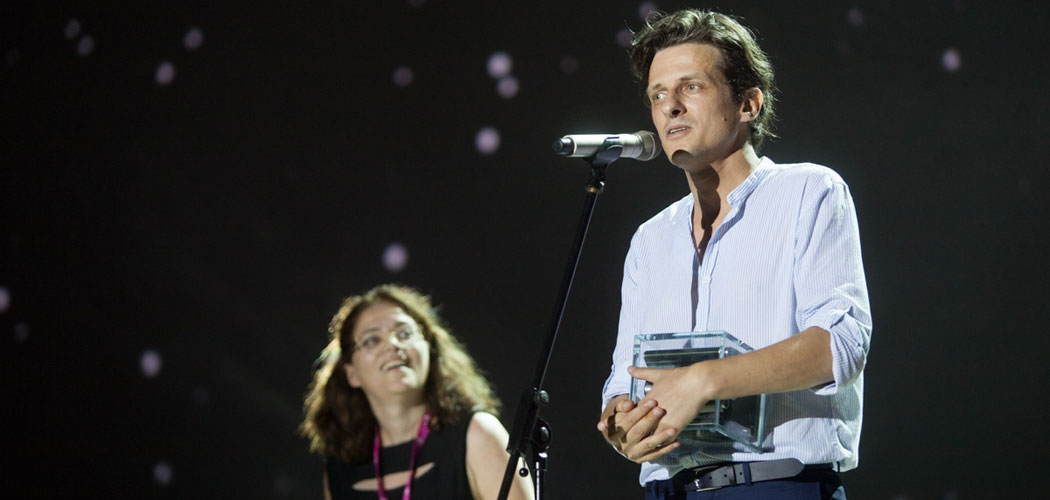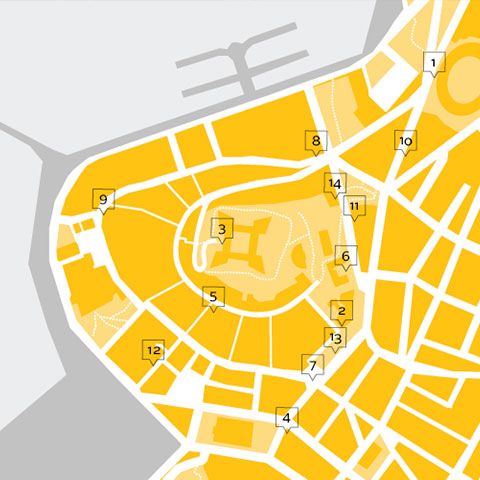
Established in honour of film cinematographer and author Vedran Šamanović and for the first time awarded at the 2010 Pula Film Festival, the annual Vedran Šamanović Award is granted this year once again to „the artist who has, in any branch of cinematic art, be it feature or short films, broadened the boundaries of expression in Croatian cinema with an innovative approach”. According to an ordinance co-signed by the five founding film associations (Croatian Film Makers Association, Croatian Cinematographers Society, Croatian Film Directors' Guild, Croatian Society of Film Critics, Croatian Film Association), films competing for the award are all Croatian works shown publicly from June 30th of the previous year to July 1st of the next.
In today's mediatized world, in which moving images are being hyperconsumed, not only through traditional channels – cinema and television – but also through internet video services, social networks and massive online multiplayer games, it is hard to define a real cinematic experiment. That which in the sixties and the seventies of the past century represented experimenting with classical cinematic expressions can today be found in mainstream pop music videos. Furthermore, non-linear narrative structures are being consumed on a daily basis through Hollywood popcorn hits and serials produced by commercial cable networks. Nowadays, erasing boundaries between film types could be presented as an experiment of sorts.
It is precisely the impossibility to determine the film type what separates Barić’s film from the rest of the works belonging to this year’s Croatian production. Barić’s film is a highly aestheticized hybrid merging documentary, animated, feature and experimental film. Barić uses found footage as the basic film material, a characteristic of documentary films-essays. The found materials are then being cut, rotoscoped and graphically processed (the practise which is typical of animated film) and all of this is done in order to create a feature narrative film. It is this entire process what makes it an experimental film.
Apart from being a film type hybrid, the film is also a genre hybrid, intertwining film noir, science fiction and detective film elements. The film story is immersed in a world we could describe as retro future – a future seen from the perspective of the past (1960s, 1970s), which we associate with Jameson’s concept of nostalgia for the present, in which the present is presented as the past. The relationship between main reporter Isidor Dukas and Klara, the principal test subject, also contains some romance elements and functions as a relationship between a film noire hero and a femme fatale. Dukas is presented as an agent-reporter sent by a mysterious foundation to draw up a report and his systematic revelation of hidden facts falls under an important narration principle of detective films.
The manner in which Barić makes his films is innovative and visually impressive. It represents the future of film aesthetics in a world in which we create with our mobile phones frame databases that will remain at the disposal of some future authors for the creation of their own film stories.
Jury: Dragan Jurak (Croatian Society of Film Critics), Diana Nenadić (Croatian Film Association), Josip Žuvan (Croatian Film Directors' Guild)


